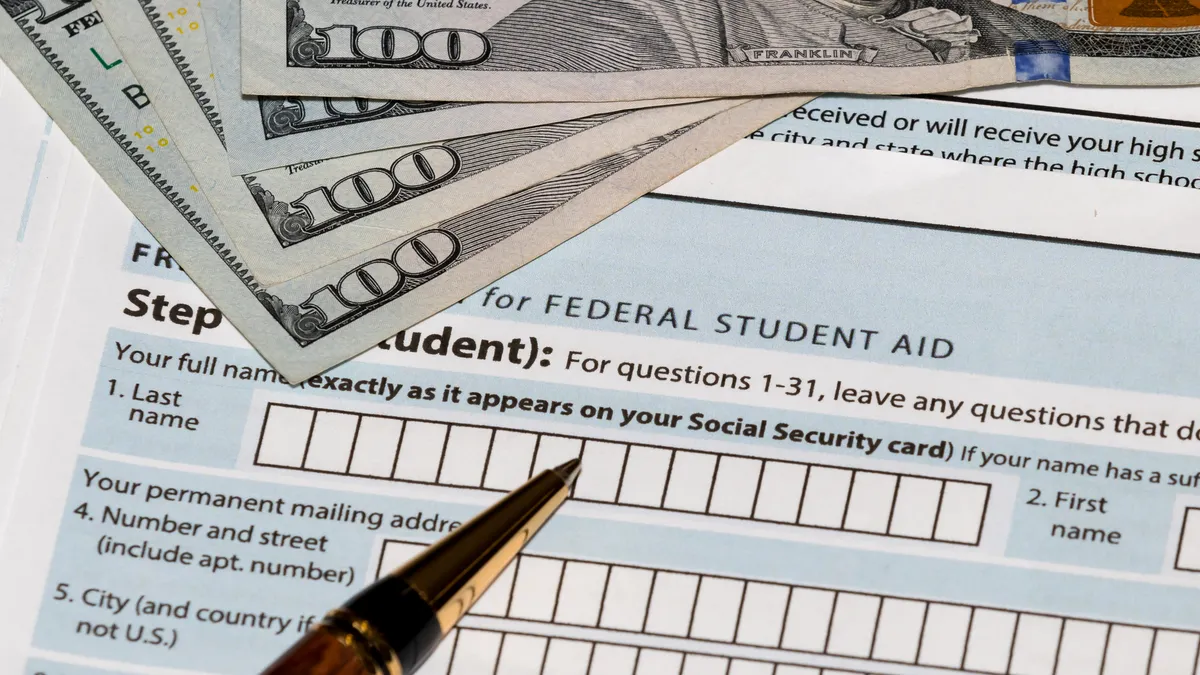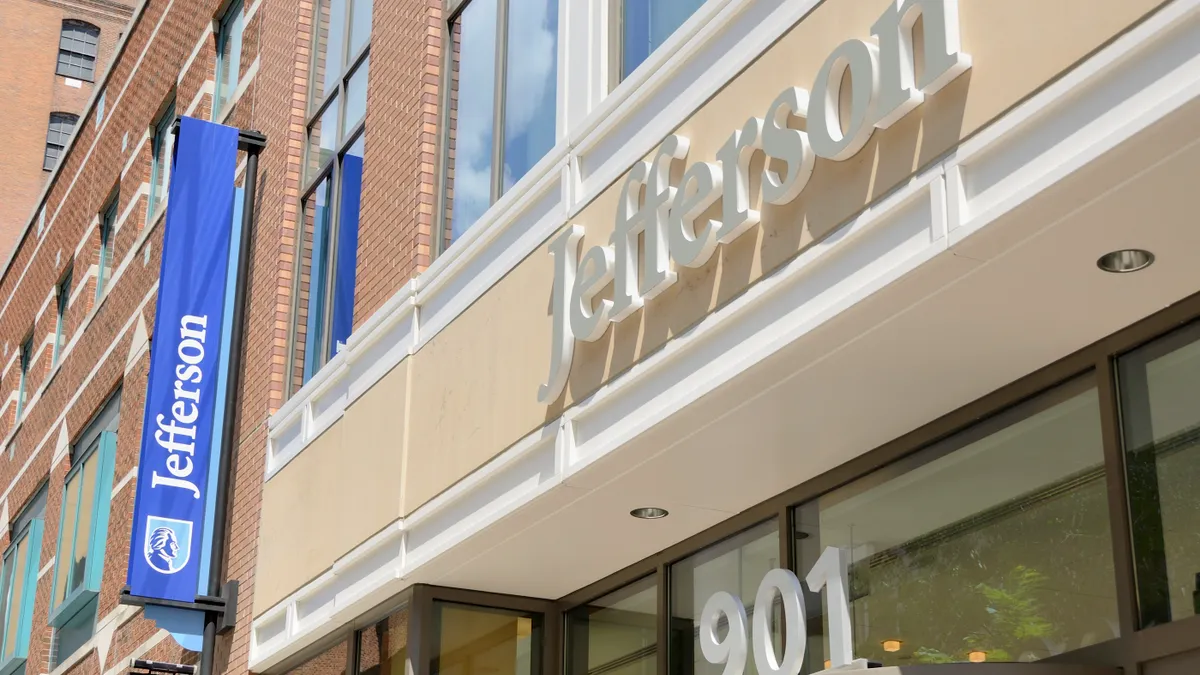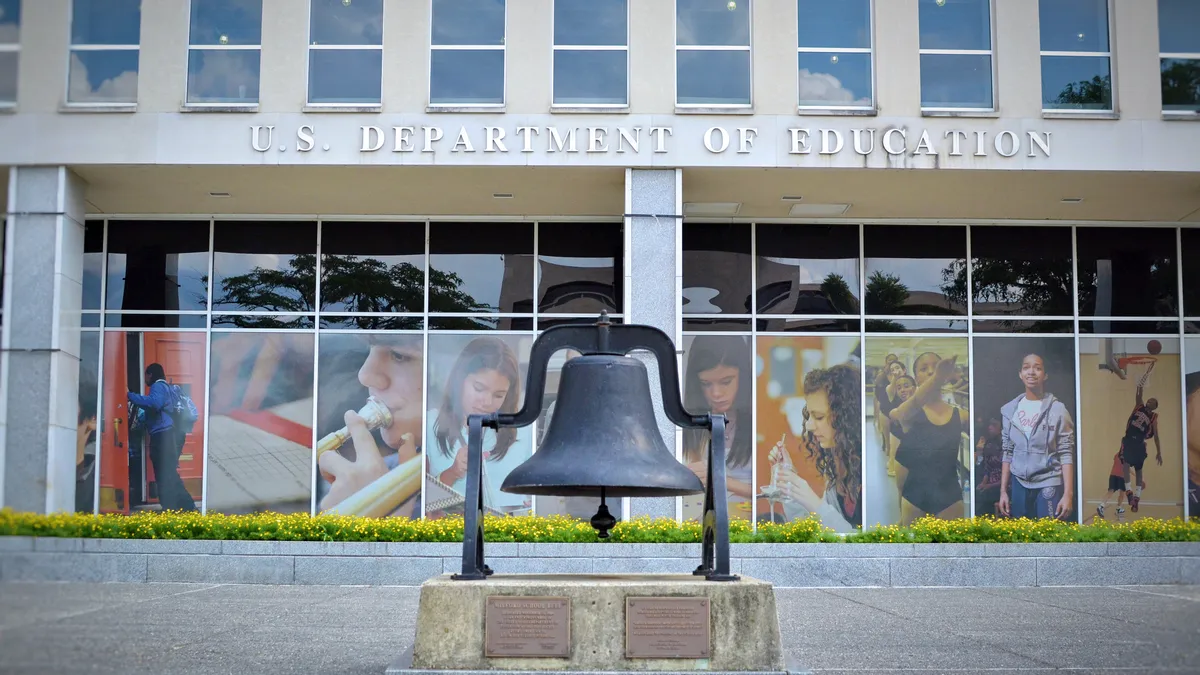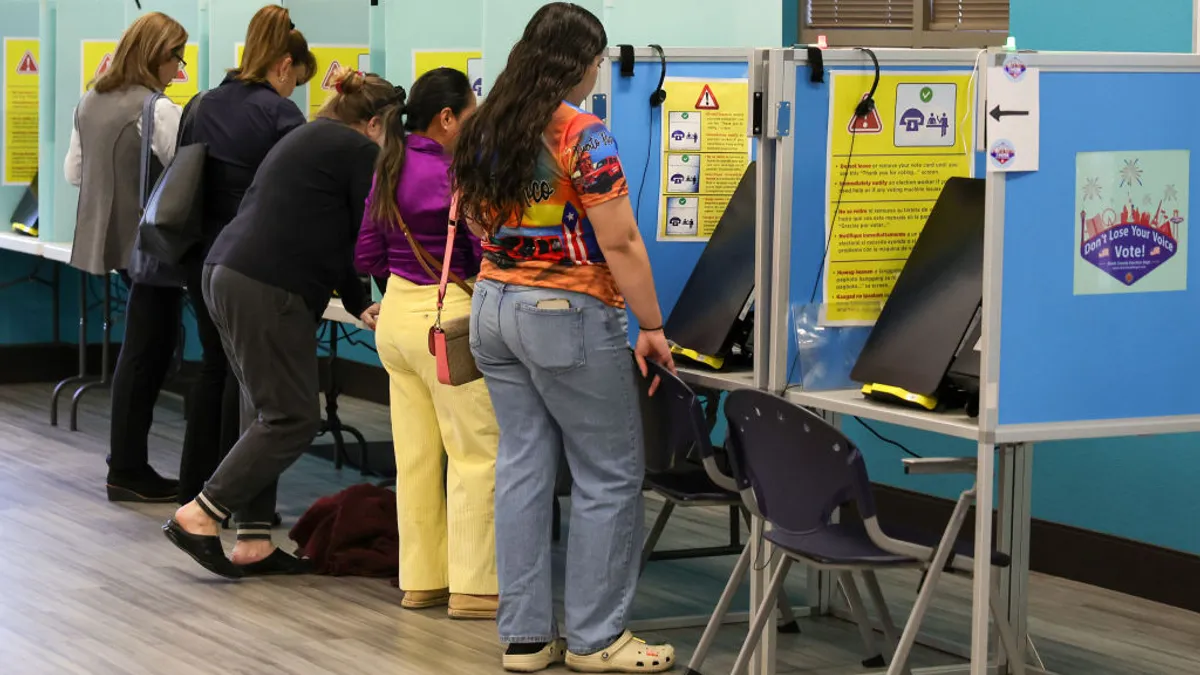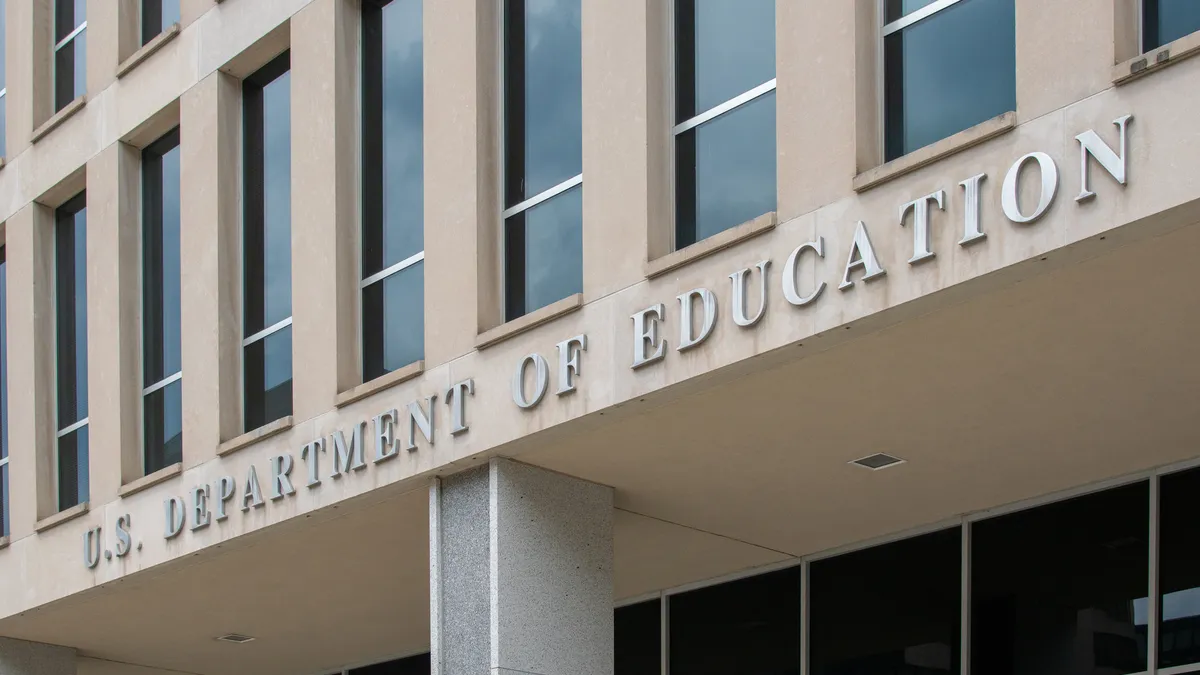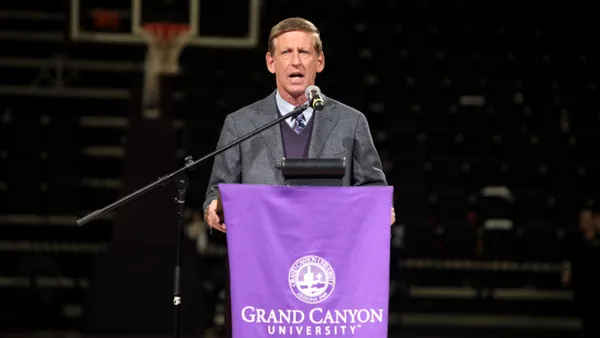More than 90% of colleges lowball their net price or don't provide any detail about it in students’ financial aid offers, according to a blistering new report from a federal watchdog, which called on Congress to pursue legislation to standardize this information.
The U.S. Government Accountability Office’s analysis, released Monday, illuminates an already established problem: the confusing nature of financial aid letters. It underscores how students and families often have difficulty parsing summaries of financial aid awards colleges provide, which tend to vary dramatically in form and function.
This can impede students from figuring out how much money they'll need to borrow to pay for college, or where to enroll. Those from low-income backgrounds especially “may suffer severe consequences if they do not have access to clear information on which to base financial aid decisions,” the GAO said.
The agency studied more than 500 financial aid offers from a nationally representative sample of 176 institutions. It estimated 41% of colleges do not include any information in their offers on the net cost of attendance — the amount a student pays for tuition, fees, housing and other living expenses after deducting scholarship and grants. The net cost does not factor in loans since they must be repaid.
About half of colleges understate net price, the GAO said. Many do so by not factoring in key costs like loans, according to the agency.
However, colleges aren’t operating in the dark on this issue. In 2019, a collection of federal agencies, including the U.S. Department of Education, published 10 best practices for developing financial aid offers.
Among those suggestions were that colleges itemize direct costs — tuition and fees — as well as indirect ones, such as books or transportation. The agencies also recommended institutions highlight crucial elements of financial aid offers, like whether students must maintain a particular GPA to keep a scholarship.
The GAO examined whether the colleges in its analysis followed these practices. Not a single one adhered to all 10.
More than half of colleges did not itemize direct and indirect costs, it found.
And 22% of colleges did not include any background about costs in financial aid letters, only outlining information about scholarships, work-study and loans, without detailing how much each would cover.
According to the GAO, 63% of colleges are following five or fewer of the best practices.
“College financial aid offers that do not follow best practices to estimate the net price could potentially lead students to choose a college that they ultimately cannot afford,” the report said.
The Education Department in a letter to the GAO acknowledged poorly explained financial aid offers can disadvantage students.
Richard Cordary, chief operating officer of the Office of Federal Student Aid, wrote the GAO’s findings “prompt serious concern.”
Cordary pointed out, however, that the Education Department is limited in how it can respond to the problem, as federal law does not require colleges to include certain information in financial aid awards.
That could change if Congress passes a newly proposed bill from key Republican lawmakers.
Reps. Virginia Foxx, of North Carolina, and Lisa McClain, of Michigan, introduced legislation Monday mandating new transparency in college pricing. The legislation will need to be reintroduced next year unless Congress passes it in its current lame duck session.
The College Cost Transparency and Student Protection Act would require the education secretary to establish new rules for financial aid offers. These policies would standardize terms used in financial aid and prohibit colleges from advertising loans in such a way that they appear to reduce students’ out-of-pocket costs.
The GAO’s findings drew criticism from Foxx, who had requested the agency study financial aid awards. With Republicans gaining the majority in the House for the new Congress, she is presumed to be the next chair of the House Committee on Education and Labor.
In a statement, Foxx said colleges must improve on developing financial aid offers.
“Schools should strive to provide students with accurate and transparent information about college costs instead of hiding behind opaque language and misleading practices,” she said.
The National Association of Student Financial Aid Administrators, or NASFAA, said in response to the report that it backs clearer financial aid offers.
The association is one of 10 higher education groups that recently announced it will form a task force to help standardize financial aid offers.
NASFAA President Justin Draeger in a statement said the organization has supported legislation to accomplish consistent offers.
“But the higher education community has the capability to make change now,” Draeger said. “We look forward to working with schools, stakeholders, and our federal partners to help students and families better understand the cost of college today.”



